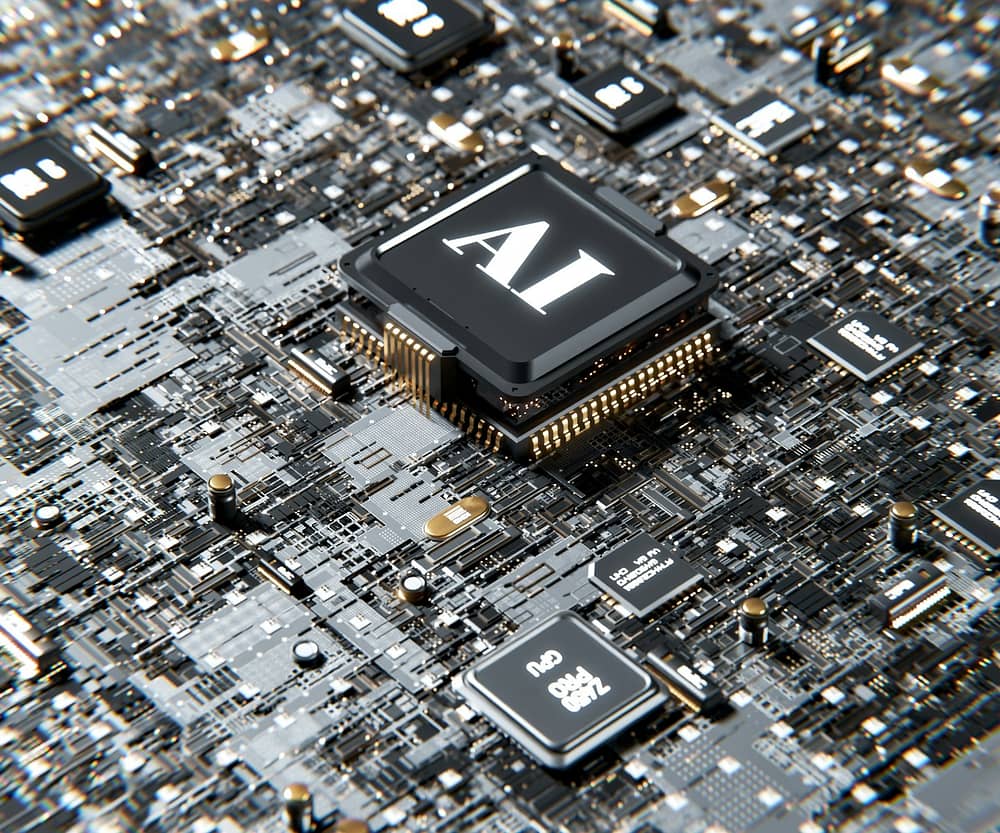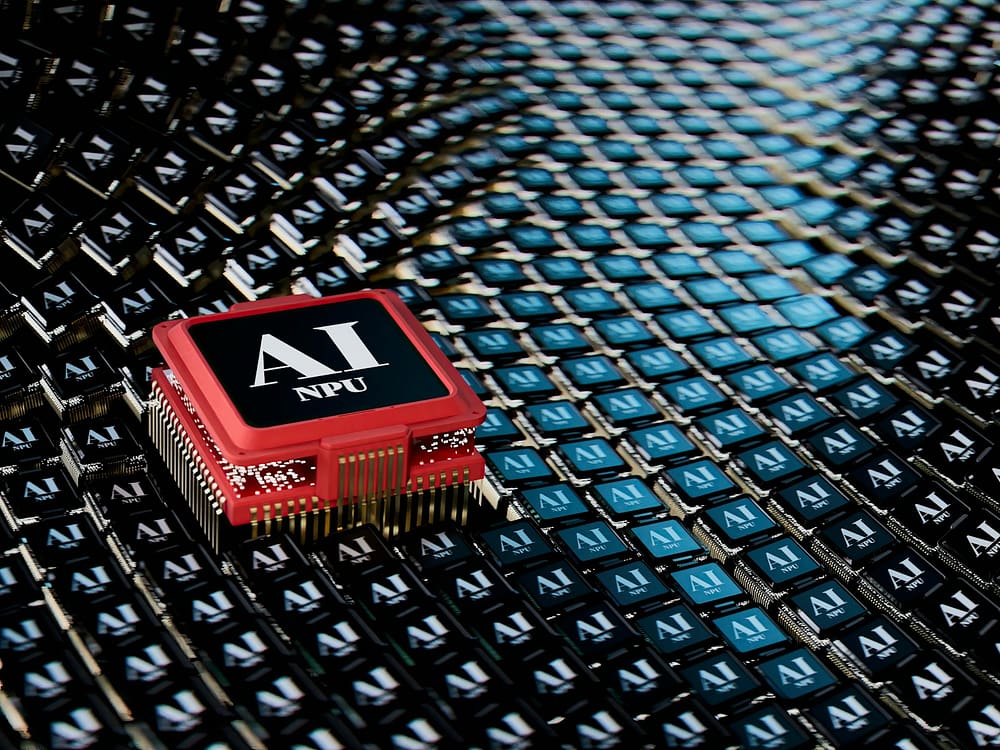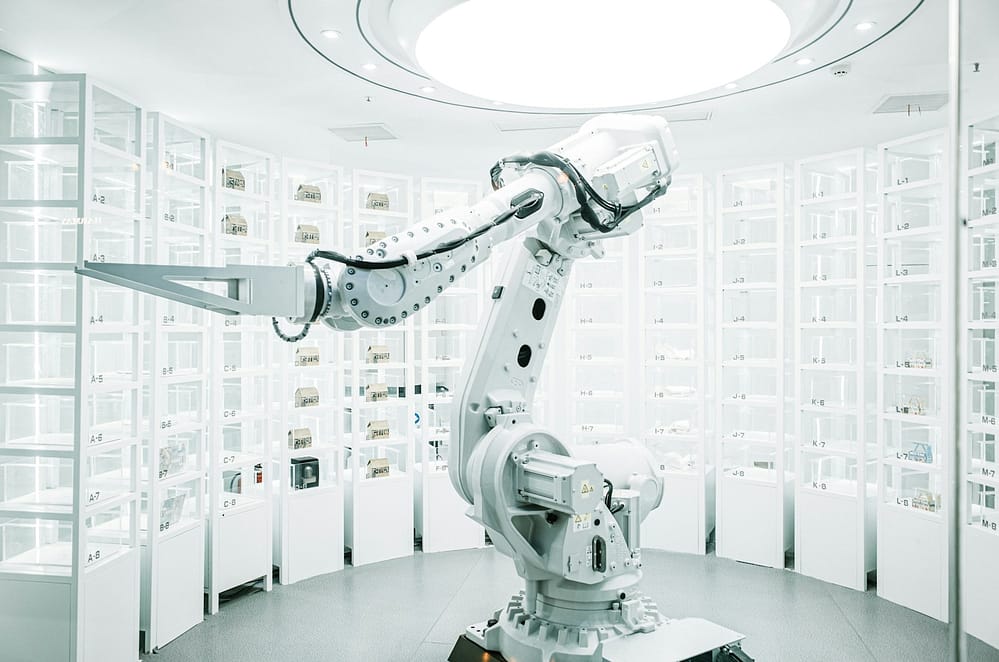Beyond the Hype: Practical Generative AI Use Cases for Your Business (A Beginner’s Playbook)
Artificial Intelligence (AI) isn’t just a futuristic concept confined to sci-fi movies or elite tech conferences anymore. Today, it’s an active, transformative force in the business world, particularly with the rise of generative AI. This isn’t just about analytics or predictions; we’re talking about AI that creates – from drafting engaging blog posts and designing compelling logos to powering advanced customer service and crafting personalized marketing campaigns.
Table of Contents
If you’re relatively new to the tech landscape and find yourself thinking, “Okay, but what can this ‘generative AI’ truly do for my business, especially if I’m not a coding wizard?” – you’ve landed in the right spot. For me, the moment I realized AI was essential was when I spent four exhausting hours battling writer’s block for a single article outline. I thought, there has to be a smarter way to handle the grunt work. This guide will show you that smarter way, breaking down generative AI in plain, approachable language and showcasing how diverse companies are actively leveraging it to boost efficiency, slash costs, and captivate their target audiences. Consider this your beginner-friendly playbook for understanding and harnessing AI’s creative power.
What Is Generative AI? (The “Create” AI, Simply Put)
Generative AI is a fascinating subset of artificial intelligence, characterized by its ability to produce original content or data. Unlike older forms of AI that might analyze vast datasets to predict trends or classify information, generative AI actively creates.
Think of it this way:
- Traditional AI: Sees a thousand cat pictures and learns to identify a cat.
- Generative AI: Sees a thousand cat pictures and draws a new cat that never existed before.
This creative capacity extends across various mediums:
- Text: Crafting human-like articles, emails, marketing copy, and even scripts.
- Visuals: Generating unique images, realistic logos, video sequences, and 3D models.
- Design: Building product mockups, architectural renderings, and various digital assets.
- Code: Writing functional code snippets or entire frameworks for applications and websites.
- Experiences: Personalizing user interactions and recommendations dynamically.
Essentially, generative AI acts as a tireless, creative co-pilot, ready 24/7 to assist with brainstorming, content production, and overall operational efficiency. When you hear about tools like ChatGPT, Jasper, DALL·E, or MidJourney, you’re looking at prime examples of this innovative technology in action.
Why Your Business Can’t Afford to Ignore Generative AI
Still on the fence about whether this tech deserves your full attention? Here are the compelling reasons why generative AI is becoming a non-negotiable asset for forward-thinking businesses:
Unleash Efficiency & Cost Savings
Imagine automating the initial drafts for reports, generating a dozen marketing taglines in minutes, or handling routine customer inquiries without human intervention. AI significantly cuts down on repetitive tasks, freeing up your human talent for more strategic, high-value work. This translates directly into substantial time and cost reductions.
Supercharge Creativity & Innovation
Ever hit a creative block on a design project or a marketing campaign? Generative AI can act as a powerful springboard, offering novel ideas, unexpected visual concepts, or unique content angles you might not have considered. It helps break through conventional thinking and expand creative horizons.
Hyper-Personalization at Scale
In today’s market, generic messaging falls flat. AI allows you to deliver customized communications, product recommendations, and user experiences to thousands (or millions) of customers, all tailored instantly based on individual behavior and preferences. This level of personalization was previously impossible without massive resources.
Gain a Critical Competitive Edge
The businesses that embrace and skillfully integrate AI tools now are the ones poised to outpace competitors who are still in the “thinking about it” phase. Early adoption offers a distinct advantage in innovation, speed, and market responsiveness. It’s about working smarter, not just harder.
Deep Dive: Generative AI’s Top Business Use Cases
Let’s explore the practical arenas where generative AI is truly making waves in the modern business world.
1. Content Creation & Marketing Automation
Content is king, but creating it can be a queen-sized headache – time-consuming and expensive. Businesses pour resources into blog posts, product descriptions, email newsletters, and social media updates. Generative AI tools like ChatGPT, Jasper, or even more specialized tools, dramatically streamline this process:
- SEO-Friendly Blog Articles: Generate initial drafts that include target keywords and logical structures, saving hours on research and basic writing. This allows you to focus on adding your unique voice and deeper insights.
- Catchy Ad Copy: Quickly produce multiple variations of headlines and body text for digital ads (Google Ads, Facebook Ads) to test effectiveness and refine your message faster.
- Engaging Social Media Captions: Craft creative and relevant captions for platforms like Instagram, LinkedIn, or TikTok, tailored to each platform’s style and audience.
- Dynamic Product Descriptions: For e-commerce, AI can generate hundreds of unique product descriptions rapidly, highlighting key features and benefits, which is a huge time-saver for large inventories.
When I first started my own blog in few years back, I struggled most with writer’s block and SEO structuring. Using an AI tool to generate a strong outline for a 2,000-word article on Python libraries now takes me 10 minutes, where it used to take me hours of frustration. This frees up my creative energy to focus on what matters: adding personal code examples and unique analysis that the AI simply can’t generate.
2. Customer Support: Intelligent Chatbots & Virtual Assistants
The days of static FAQs are fading. Generative AI-powered chatbots and virtual assistants are revolutionizing how businesses handle customer inquiries, providing instant, 24/7 support for common issues:
- Automated FAQ Handling: Efficiently answer routine questions like “Where’s my order?”, “How do I reset my password?”, or “What’s your return policy?” without human intervention.
- Personalized Interactions: Go beyond pre-scripted responses, using natural language processing to understand context and provide more relevant, human-like answers, even suggesting next steps.
- Scalability: Handle a vast volume of queries simultaneously, significantly reducing the load on human support teams and improving response times, especially during peak periods.
I recently had an interaction with a Nigerian fintech startup’s AI chatbot that actually solved my complex transaction query in less than two minutes—something that would have taken 45 minutes on a phone call just two years ago. The crucial distinction was that the bot was clearly trained on highly specific local banking terminology and Nigerian Pidgin slang, making the interaction feel surprisingly intuitive and effective. That specific, localized training is the future.
3. Product Design & Rapid Prototyping
The traditional design cycle can be slow and expensive. Generative AI tools (e.g., MidJourney, DALL-E, specialized CAD AI plugins, Runway ML) are accelerating innovation by rapidly creating visual concepts and prototypes:
- Instant Visual Mockups: Generate diverse product designs, marketing visuals, packaging concepts, or even architectural layouts in minutes, drastically cutting down iteration time.
- Exploratory Design: Designers can input parameters and allow AI to explore thousands of design variations, uncovering solutions they might not have conceived manually, sparking new ideas.
- Digital Sampling: Fashion brands can create realistic digital clothing samples, reducing the need for physical prototypes and speeding up time-to-market.
- Automated Model Generation: In engineering or manufacturing, AI can generate complex 3D models or simulations based on initial design criteria, optimizing for specific performance metrics.
For a hypothetical project I was working on last year—a new solar charging device—I used an image AI to generate over 100 industrial design concepts in about an hour. Most were unusable, but three were so unique that they became the starting point for our final prototype. This process validated for me that AI’s greatest strength isn’t perfection, but volume of high-quality creative starting points.
4. Code Generation & Accelerated Software Development
For those in the tech sector, this is perhaps one of the most exciting applications. Generative AI tools like GitHub Copilot, OpenAI Codex, or even advanced features in ChatGPT are transforming the software development lifecycle:
- Faster Prototyping: Rapidly generate code snippets, functions, or even entire components for applications, accelerating the initial development phase and reducing manual coding.
- Automating Repetitive Tasks: AI can write boilerplate code, generate tests, or refactor existing code, freeing up developers for more complex problem-solving and innovation.
- Debugging Assistance: Suggest fixes for bugs or explain complex code, making the debugging process more efficient and helping junior developers learn faster.
- Learning & Accessibility: Help aspiring developers understand programming concepts and generate code examples, lowering the barrier to entry and fostering new talent.
I spend a lot of time coding in JavaScript. When I hit a snag with an asynchronous API call, I now paste the function into an AI assistant. It doesn’t just fix the syntax; it often suggests a more modern, efficient method for handling promises. It acts like a world-class senior developer looking over my shoulder, allowing me to learn and deliver production-ready code much faster than traditional Googling.
Challenges & The Critical Human Factor
While generative AI is a game-changer, it’s not a magic bullet. Businesses must navigate its limitations:
- Accuracy & “Hallucinations”: AI models can confidently present incorrect information or generate nonsensical outputs. Always, always fact-check and verify AI-generated content against reputable sources before publishing or acting on it.
- Bias Reflection: AI reflects the biases present in its vast training data. Outputs might inadvertently contain stereotypes or insensitive content. Human oversight is essential to identify and mitigate bias and ensure ethical use.
- Over-Reliance & The Loss of Spark: Over-reliance on AI can lead to generic, uninspired content that lacks genuine creativity, empathy, or a unique brand voice. The “human touch” remains indispensable for true innovation, emotional connection, and brand differentiation.
- Privacy & Data Security: Businesses must be extremely cautious about inputting sensitive customer or proprietary data into public AI tools. Always review the data policies and security measures of any AI service you use to prevent data breaches.
- Ethical Considerations: The rapid rise of AI also brings new ethical questions around authorship, intellectual property, job displacement, and responsible deployment that businesses and society must collectively address.
The biggest danger I see right now isn’t the AI, but human complacency. I know many content writers who simply copy and paste an AI draft, and the content is so generic and error-ridden it actually hurts their brand’s credibility. The rule I follow is: If an AI wrote 80% of the words, I must spend 80% of the total time editing, verifying, and adding my own unique take. The human effort should always outweigh the machine effort.
The Future of Generative AI in Business: A Human-AI Partnership
Generative AI is still in its infancy, yet its trajectory is steep. In the coming years, we can anticipate:
- Even More Seamless Automation: Imagine AI handling entire customer service journeys or drafting complex reports from disparate data sources end-to-end, requiring minimal human intervention.
- Hyper-Contextual Marketing: Marketing campaigns that adapt not just to individual users, but to their precise moment, location, and emotional state, delivering unparalleled relevance.
- Smarter Virtual Colleagues: AI assistants that do more than just generate content, actively participating in strategic planning, complex problem-solving, and offering proactive insights.
- Faster, Cheaper, & More Creative Innovation: The barrier to entry for creative and technical fields will continue to lower, fostering an explosion of new ideas and products from individuals and small teams.
The fundamental shift isn’t about AI replacing humans entirely. Instead, it’s about fostering a powerful human-AI partnership. The key isn’t to fear AI, but to understand its capabilities and limitations, and learn how to effectively integrate it as a force multiplier for your own skills and business goals.
Conclusion: Embrace the AI Revolution Thoughtfully
Generative AI is no longer a concept for tomorrow; it’s a powerful reality shaping today’s business landscape. From revolutionizing content creation and customer support to accelerating product design and enabling hyper-personalized marketing, AI tools are empowering businesses of all sizes to operate smarter, reduce costs, and achieve faster growth.
If you’re a tech beginner or a business owner feeling a bit overwhelmed, remember to start small. Experiment with an AI writing assistant for initial drafts, explore a chatbot for basic website queries, or try an AI design tool for quick visual concepts. The journey of integrating AI is iterative, and learning by doing is key. Over time, you’ll discover the most impactful ways it can transform your specific workflows and business model.
Remember this powerful maxim: AI won’t replace people – but people who effectively leverage AI will likely replace those who don’t. Your competitive advantage lies in becoming an AI-empowered human.
Hi, I’m Prince Stephen Mordi, the mind behind Voob.com.ng. I write simple, beginner-friendly guides on tech, blogging, and making money online. My goal is to help you navigate the internet without headaches—because tech doesn’t have to be complicated!




